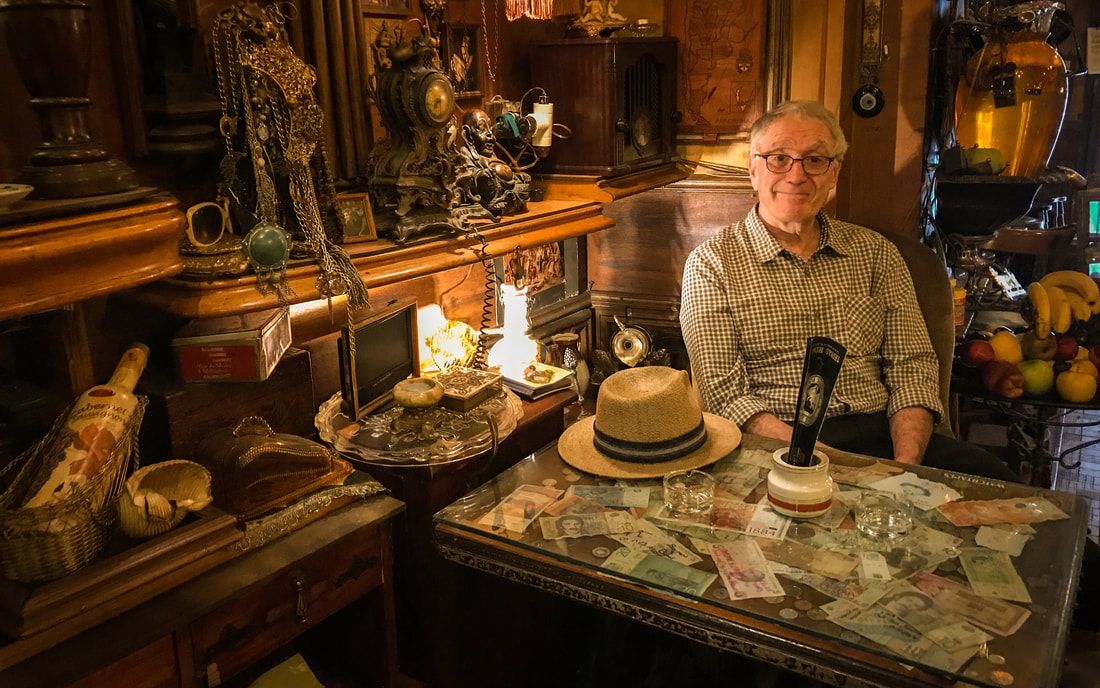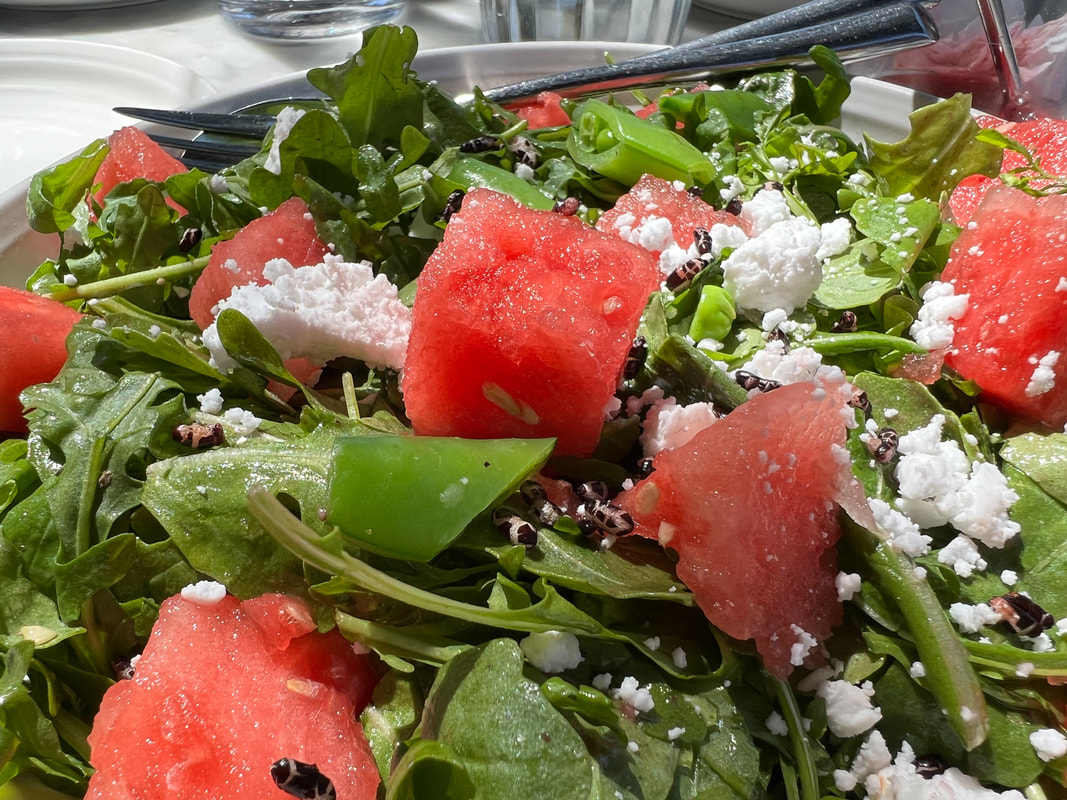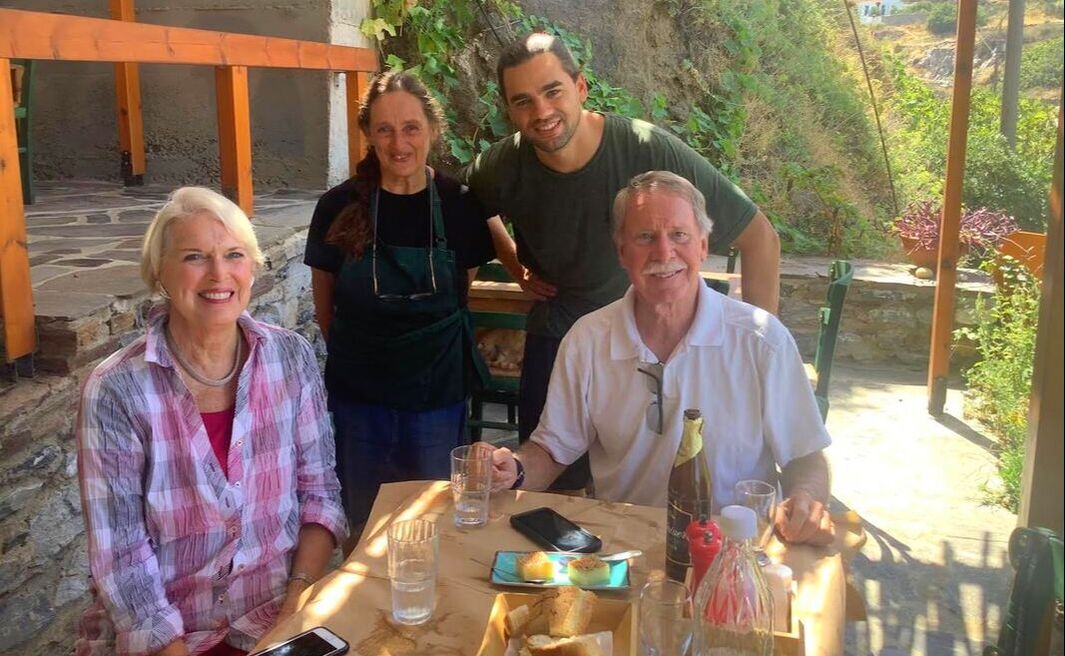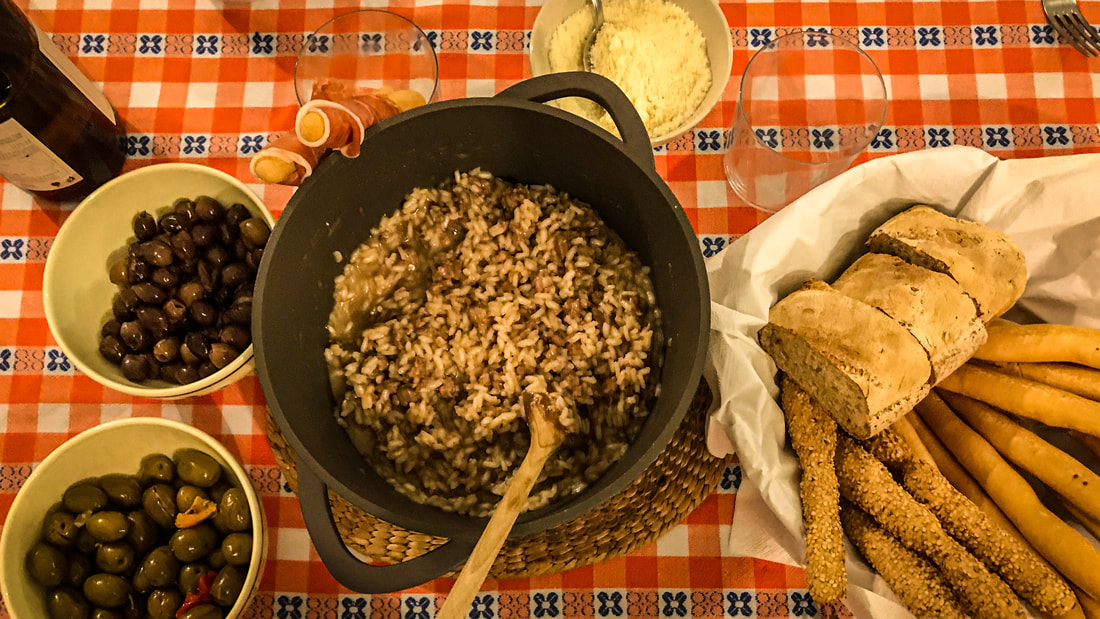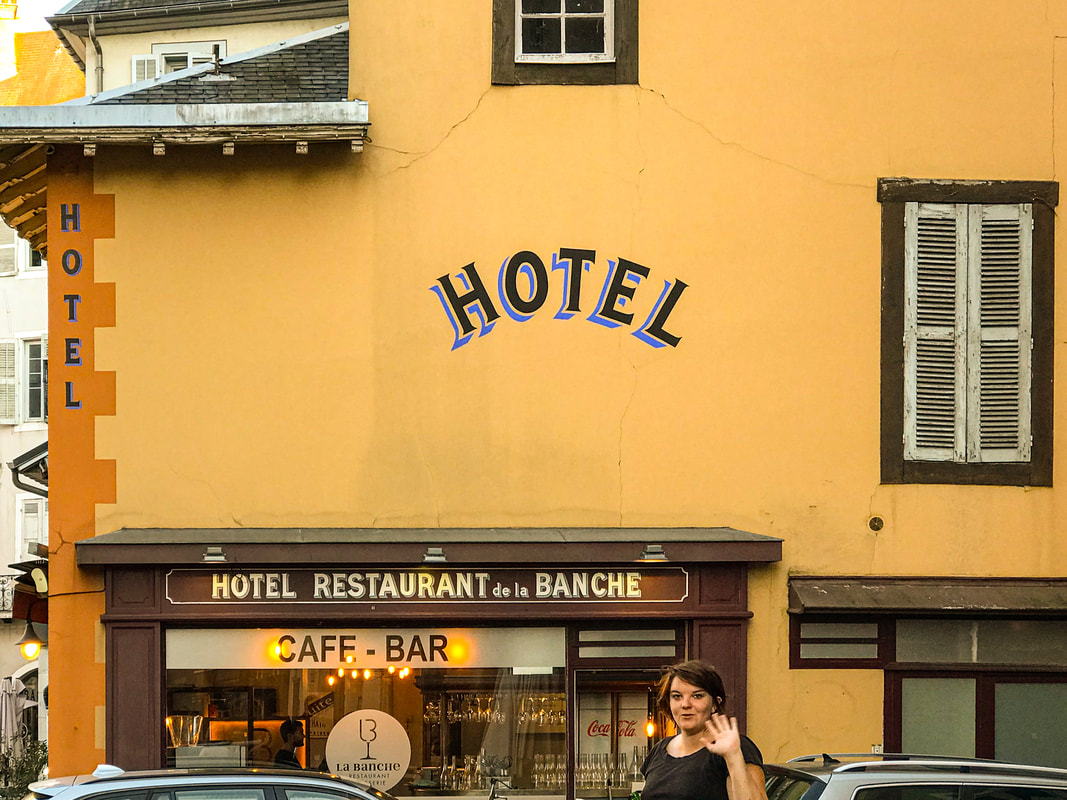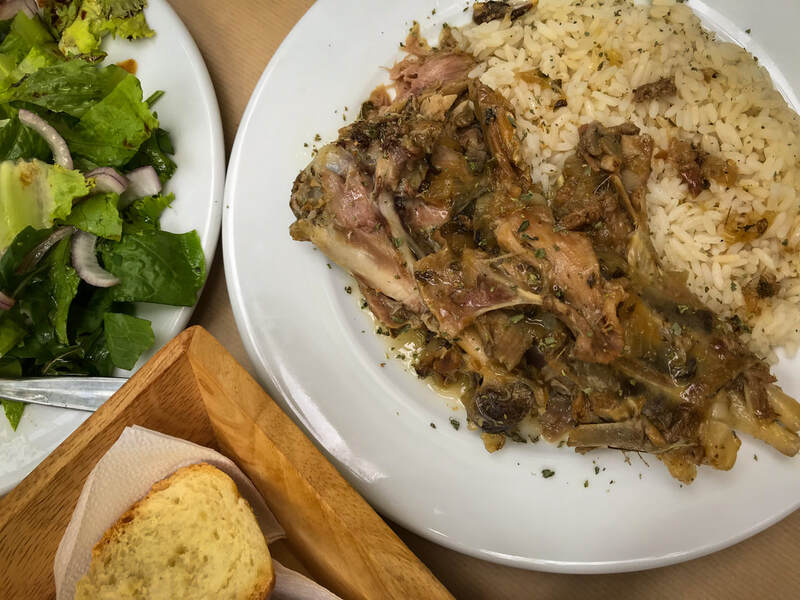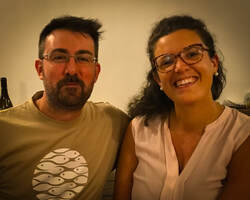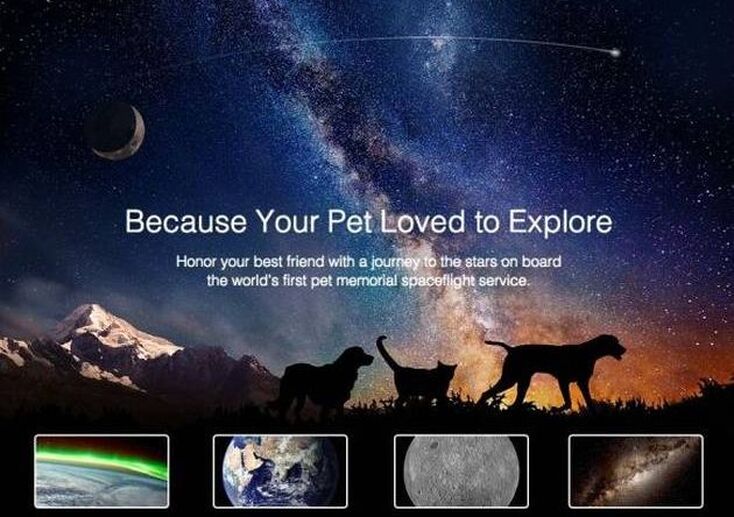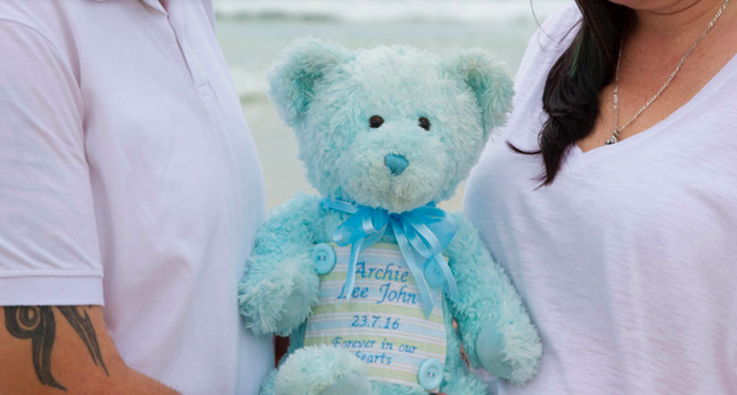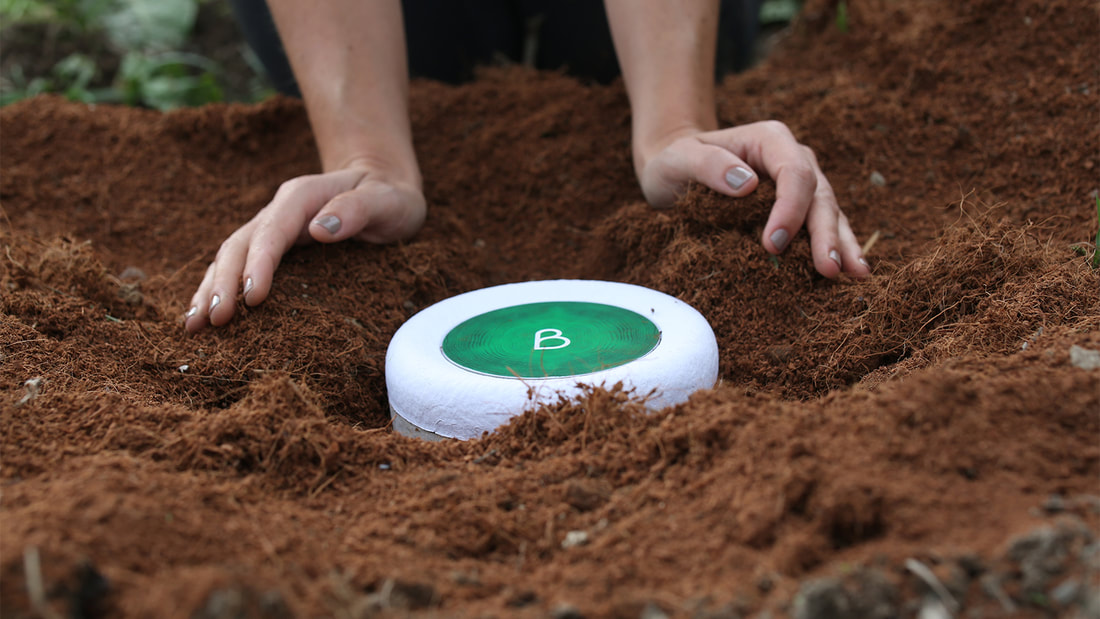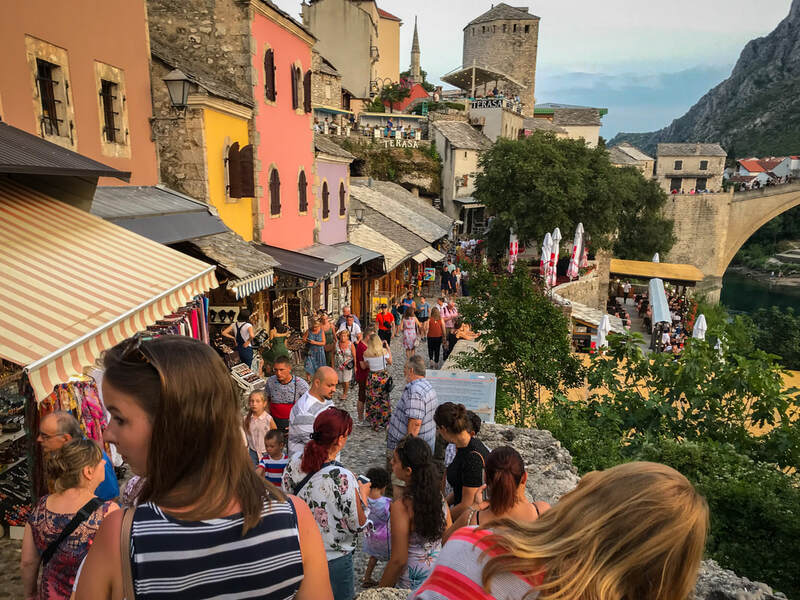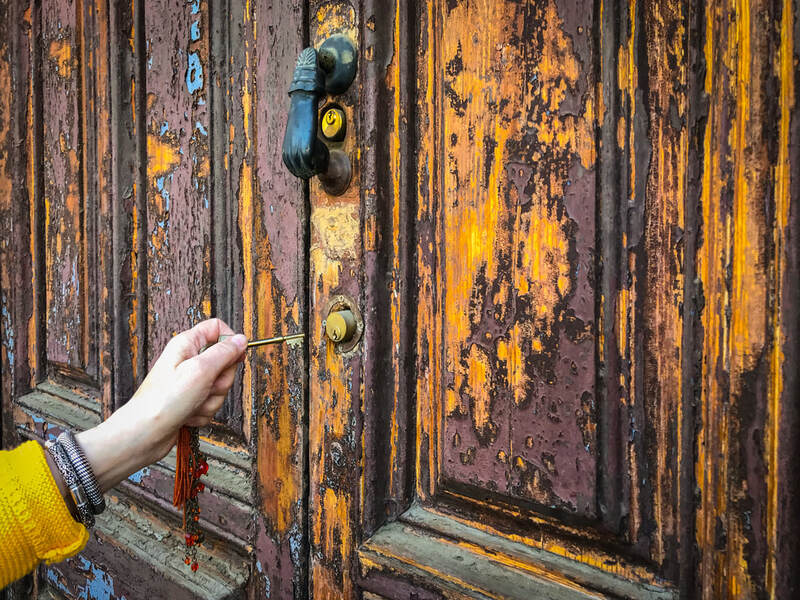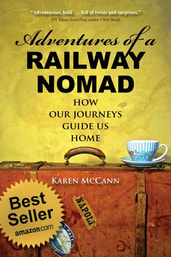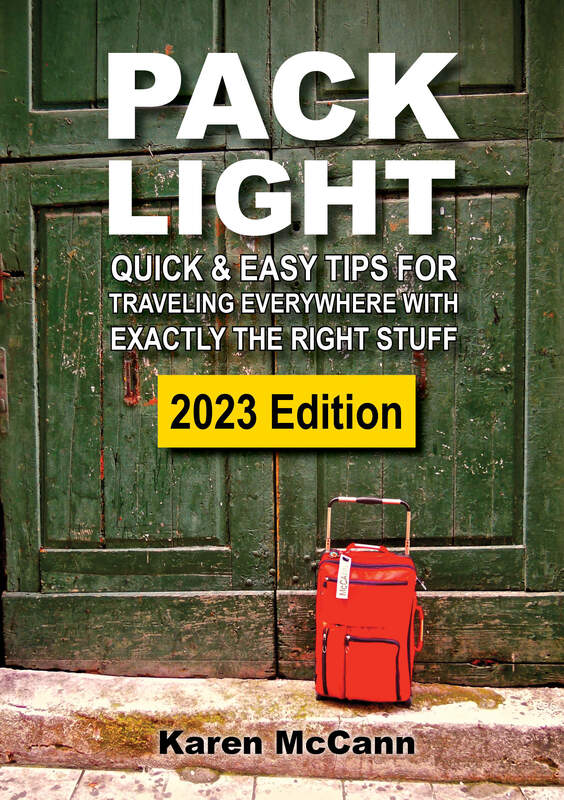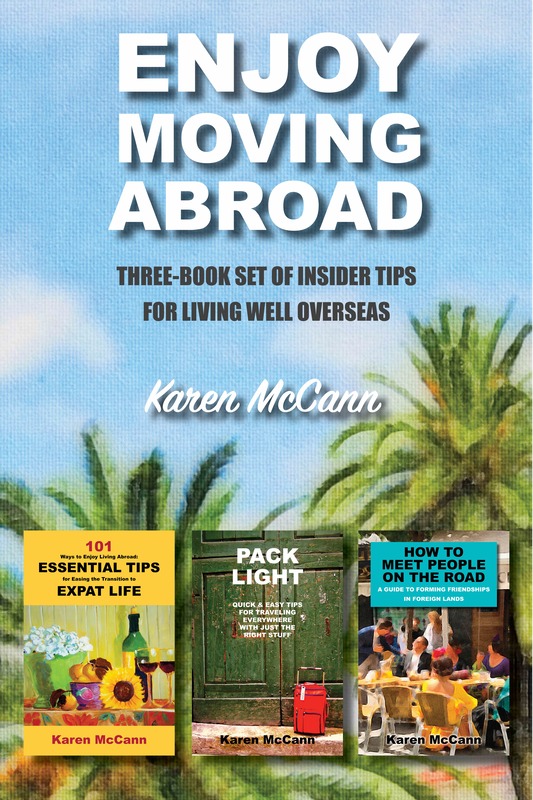|
“I never meet American people who don’t like to eat,” said Martine, my hostess at a dinner in the French alps a few years ago. “You all like to eat. You are very curious.” When you think about it, that may be America’s finest gift to world cuisine: curiosity. Our own culinary traditions are all over the place. We have to maintain constant vigilance to keep pernicious corporations from sneaking harmful substances into our diets. Most of us don’t know a sous vide precision cooker from a masticating juicer. But we tend to be enthusiastic omnivores who aren’t afraid to try new things. Not every culinary experiment is a howling success. I won’t be ordering more Mongolian бууз (dumplings) any time soon. At home, my riskier recipes occasionally teeter on the brink of disaster and can only be saved by the lavish application of last-minute rescues: olive oil, salt, lemon juice, wine, a dollop of Greek yogurt, and/or chocolate chips. And sometimes even those Hail-Mary ingredients can’t stop the train wreck. One of my worst disasters started innocently enough. To set the mood for a discussion about a possible future trip to Scandinavia, I decided to try making Lohikietto, Finland’s most popular chowder. Salmon, cream, potatoes, dill, and a recipe from the world’s happiest country — what could possibly go wrong? And in my defense, for once I scrupulously followed the recipe instead of improvising. The result was the kind of bland, watery soup I’d expect to be served on a tin plate in a maximum-security Russian prison. One by one I threw all my rescue remedies into the pot — except for the chocolate chips, which went directly into my mouth to steady my nerves. The remedies improved the soup just enough so that now it tasted like food you’d get in an American county jail. Rich manfully downed a bowlful, but he has never asked for it again. Despite the occasional dud, trying new food is one of the great joys of life, especially when we travel. Most of my road meals have been good to great, and whenever I write about them, people ask me for pointers that will help them find terrific eats in foreign towns. So here goes. To prepare your taste buds for the treats in store, look up local specialties in advance. Google the cuisine, check out blogs, and consult apps such as Culture Trip and Triposo, which describe the cuisine and give directions to places providing outstanding examples. As early in the trip as possible, book a food tour — or, if none is available, a walking tour. Warsaw’s Eat Polska food tour introduced me to the Soviet-era snack of brown bread with pork lard and gherkins (not nearly as bad as you’d think, especially with vodka) as well as gorgeous duck breast with buckwheat groats, honey, beets, and cranberries. “In the past, before McDonald’s and new kinds of processing arrived, the food here was more flavorful and nutritious,” said Ula, who led the tour. “There wasn’t much food in the stores, but at least everything was fresh and not full of chemicals. Many people here are quite nostalgic for food from the 1970s.” That was a perspective I didn’t see coming. In Dijon, France, my guide Philippe introduced me to the city’s iconic mustard, its famous gingerbread — which he ate (brace yourself) topped with chopped liver — and the 11:00 am aperitif. This French-style elevenses included gougères (cheese puffs) and kir, a mix of crème de cassis (blackcurrant liqueur) and white wine. At the colorful 19th century Les Halles Market, he showed me Europe’s most expensive poultry, blue-legged Bresse chickens, which go for $50 and up per bird. “Don’t even think about it,” said Rich. Traditional markets like Les Halles often have bustling eateries in the middle; I look for small diner-like counters serving incredibly fresh fish and bread hot from the oven. Open air markets are generally surrounded by cafés, and I like to wander around, snapping photos of anything that catches my fancy so I can try to find it again at mealtime. About now you may be wondering about consulting Trip Advisor, but frankly, I don’t advise it. In Seville, the European city I know best, cookie-cutter corporate chains rise to the top of Trip Advisor lists simply because people find them easily due to location and advertising. Sadly, visitors who are unfamiliar with good paella don’t always realize they’re being served inferior frozen versions. You can do better. What about asking at your hotel? In a big city, such as Paris or Rome, I find concierges will usually send me to “safe” places, soulless tourist venues they’ve recommended a thousand times. But in a more remote locale, with less jaded staff, I listen closely to what they say. Three years ago, on the Greek island of Ikaria, the desk clerk Dimitri told me Popi’s had the best cuisine on the island, possibly in all of Greece. It sure did. I fell in love with the food (the wild goat was amazing) and the Popi family; Rich and I ate there often. As it happens, friends were on the island this week and wrote, “We were treated like royalty when we dropped your name! We loved their food and meeting them!” Eating out can be great, but sometimes you just want to stay in and cook. On the road, you’ll want simple ingredients and recipes that won’t overtax your Airbnb’s modest kitchen equipment. I remember one rental apartment had no saucepans so I had to make my oatmeal in a frying pan. Yep, it works! Cooking in your lodgings lets you experiment with local ingredients you couldn’t resist purchasing and now realize you don’t want to lug home. If you splurged on tarragon mustard in Dijon, use it to create Mushroom Chicken in Dijon-Wine Sauce or Baked Dijon Salmon. Couldn’t resist buying Greek yogurt during your food tour of Athens? Try this Tzatziki Sauce on anything from raw vegetables to oven-roasted lamb. Don’t feel like cooking or going to a restaurant? EatWith offers private dinners and cooking classes put on by chefs in their own homes. It’s a great way to sample local fare and chat in a leisurely way about food, wine, restaurants, and life. You’ll walk away with a satisfied tummy and tons of ideas about what to see, do, and eat next. Living in Seville, I’ve learned to view eating as the Spanish do — not as squandering time but as making the most of it. Growing up, I often viewed cooking and eating as an inconvenience, just one more obligation to squeeze into my day when I’d rather be doing something else. Now I look forward to every meal as the gift that it is. Good food not only nourishes body, soul, and brain, it provides opportunities for connecting with people wherever we are. Sitting down to a great meal with congenial cooks and a curious attitude creates memories that will last forever. Where are you traveling these days? RIch and I are heading back to Seville next week, so I'll be taking a few weeks off to reorganize my life. I look forward to posting again in October, with all new stories about life in Spain. WANT TO KNOW WHEN I'M PUBLISHING NEW STUFF?
If you would like to subscribe to my blog and get notices when I publish, just send me an email. I'll take it from there. [email protected] Yes, my so-called automatic signup form is still on the fritz. Thanks for understanding. Technology. Always a moving target.
10 Comments
Disconcertingly, friends driving through Spain this summer had two of their car’s tires go flat at the same moment. When the tow truck arrived, the mechanic told them the extreme heat of the pavement had actually melted their tires. OK, technically the tires-plus-scorching-pavement equation couldn’t have added up to the full 1000 degrees Fahrenheit required to liquify rubber, but apparently it reached the 250 degrees that make tires fall apart. Let’s not quibble. My point is: the fate of those tires is yet another canary in the climate change coal mine. Here in California, where we normally experience mild summers, thermometers seem permanently stuck in the “Are you kidding me?” range. It’s 109 today — almost twenty degrees hotter than in Seville. The governor has declared a Heat Emergency plus a Flex Alert begging us to conserve energy. I guess I’ll find out just how long I can put off doing the laundry and running the dishwasher. Of course, lowering my household’s hygiene standards is a modest sacrifice, given what’s at stake. “Blistering heat waves have smashed temperature records around the globe this summer, scorching crops, knocking out power, fueling wildfires, buckling roads and runways,” reports MIT Tech Review. Thousands have died in Europe's heat wave. One third of Pakistan is under water. Antarctica's so-called "doomsday glacier," an ice mass the size of Florida, is hanging on by its fingernails, and if it goes, sea levels will likely rise significantly. Headlines use words like “apocalypse” and “the End Times” with alarming regularity. So it’s small wonder some of our best and brightest (or at least richest) visionaries are trying to figure out how to get off the planet while there’s still time. The real surprise is that they’re prepared to take quite a few of us — possibly millions —into outer space with them. The exodus isn’t happening any time soon. So far there’s a trickle of space tourism, mostly Jeff Bezos’ Blue Origin, Elon Musk’s SpaceX, and Richard Branson’s Virgin Galactic. Off-planet hotels will likely be next, followed by colonies — and not the NASA model of a few hand-picked astronauts subsisting in domes. Musk dreams of large-scale communities serving as a second home for the human race on terraformed Mars. Can we do that yet? No. But that doesn’t mean it can’t happen. “We want to make life multi-planetary,” said SpaceX Director Benji Reed, “and that means putting millions of people in space.” Some believe the first step is creating vacation playgrounds among the stars. "Eventually, going to space will just be another option people will pick for their vacation, just like going on a cruise or going to Disney World," said Tim Alatorre, senior design architect of the Von Braun Space Station. “The goal of the Gateway Foundation is to have the Von Braun operational by 2025 with 100 tourists visiting the station per week.” How realistic is that dream? A quick trip to the Gateway Spaceport website suggests they’re still in the fundraising stage, so I wouldn’t order your designer spacesuit just yet. Naturally, Elon Musk has bigger ideas. He wants to send the first humans to Mars in 2029 and establish a self-sustaining, million-person colony there by 2050. Plans call for terraforming Mars, a tricky prospect at best on a planet whose average temperature is -82 F. Although I have to admit, being that chilly sounds more attractive than it normally would as I swelter in my non-airconditioned office today. Galavanting around the galaxy isn’t cheap. Space tourists are currently paying $250,000 to $500,000 for a suborbital trip, one that reaches outer space briefly, without making a full orbit or reaching escape velocity. Industry insiders predict the cost of suborbital travel will drop to “just” $100,000 within the decade. Want the whole megillah? This April, SpaceX sent three billionaires up to the International Space Station for eight days in the first all-private astronaut mission. Price tag: $55 million apiece. I don’t know about you, but $55 million ia a stretch for my vacation budget. However, I’ve discovered a more affordable alternative. Sadly you won’t get the chance to take any selfies, or enjoy the view, or brag about your trip afterwards. I’m talking about, of course, having your cremated remains fired into the cosmos. Turns out there’s a whole industry just waiting to serve your post-life travel needs. And those of your animal companions. Who knew? For $12,500, your ashes (or your pet's) can be deposited on the moon or launched into deep space forever. They make it sound pretty romantic, with your loved ones gazing up at you in the night sky, but frankly, I wasn’t too keen on spending eternity as space debris. For $2500 your “cremains” will be shot up in a canister that’ll orbit Earth then reenter our atmosphere, where it will burn up and become a shooting star. Or space pollution, depending on how you look at it. You can also send “a symbolic portion of cremated remains” to the moon for $7500 — about the price of the average American funeral or cremation. Of course, since they’re only sending up a smidgeon of your remains, you’ll have to pay all the other costs anyway, so if you’re looking for a frugal solution, this isn’t it. That got me wondering about other alternatives for those who think basic burial or cremation is simply too ordinary. I’ve learned entrepreneurs are standing by with unique, outlandish, sometimes macabre memorials that’ll give your relatives something to talk about for generations. Are some of these final resting places a bit creepy? You be the judge. The Bios Urn will turn your ashes into a tree someone can plant in the garden. Pine tree seeds are included. Your beloved can get a tattoo with your ashes worked into the ink. Your cremains can be turned into a diamond. Of course, this one’s going to set your heirs back $750 to $20,000, so it’s a big ask. An Alabama company called Holy Smoke will insert your ashes into cartridges or shotgun shells — the perfect memento for hunters or assassins. My personal favorite, the miniature Viking ship, is designed for burning your cremains at sea. Have your relatives start practicing now so they’re ready to shoot flaming arrows accurately when the time comes. One thing is clear; the sky is no longer the limit when it comes to travel. You might begin your space odyssey in this lifetime, afterwards, or possibly in the form of a memento carried by a loved one honeymooning on a space station or emigrating to Mars. Or maybe this is all futuristic fantasy, on a par with the individual jet packs they thought we’d all be wearing by now. Whatever happens, I don’t think we’d better bank on outer space as the solution to our problems here on Earth. It’s up to us to solve them as best we can, and try to leave as many options as possible for those who come after us, wherever that may be. Well that was fun! YOU MIGHT ALSO ENJOY WANT TO KNOW WHEN I'M PUBLISHING NEW STUFF?
My automatic sign-up form is on the fritz. Yes, still. If you would like to subscribe to my blog and get notices when I publish, just send me an email. I'll take it from there. [email protected] Thanks for understanding. Technology. Always a moving target. |
This blog is a promotion-free zone.
As my regular readers know, I never get free or discounted goods or services for mentioning anything on this blog (or anywhere else). I only write about things I find interesting and/or useful. I'm an American travel writer living in California and Seville, Spain. I travel the world seeking eccentric people, quirky places, and outrageously delicious food so I can have the fun of writing about them here.
My current project is OUT TO LUNCH IN SAN FRANCISCO. Don't miss out! SIGN UP HERE to be notified when I publish new posts. Planning a trip?
Use the search box below to find out about other places I've written about. Winner of the 2023 Firebird Book Award for Travel
#1 Amazon Bestseller in Tourist Destinations, Travel Tips, Gastronomy Essays, and Senior Travel
BLOG ARCHIVES
July 2024
CATEGORIES
All
|
